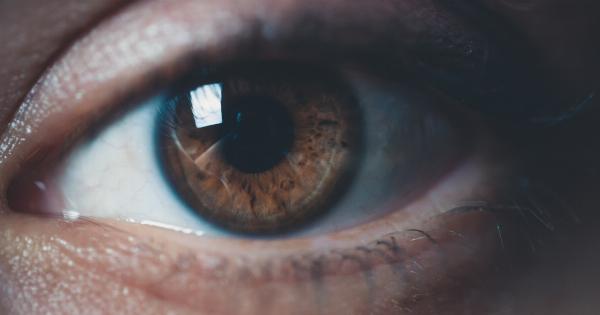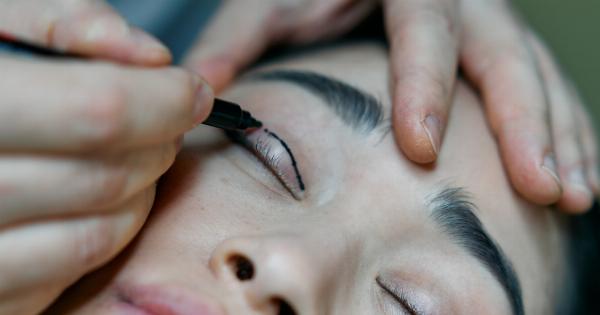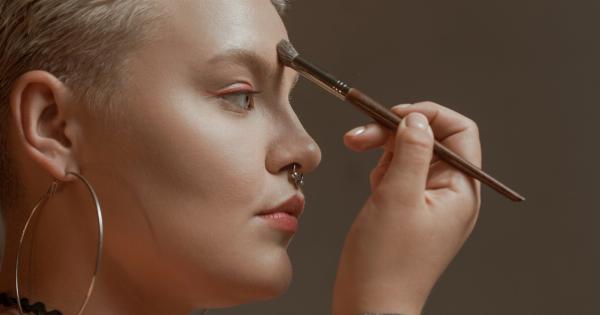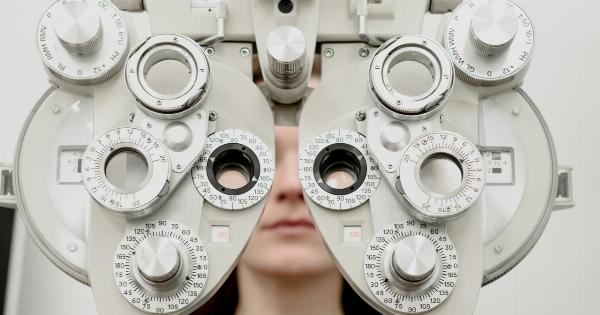Our world today has become increasingly reliant on digital devices, with most people spending hours every day staring at screens.
While these devices have made our lives easier in so many ways and improved the way we live and work, they have also brought about some negative effects on our eyes. The constant exposure to digital screens plays a significant role in worsening the symptoms of dry eye syndrome.
What is Dry Eye Syndrome?
Dry Eye Syndrome (DES) is a common ocular disease that affects millions of people worldwide. It is a chronic condition that manifests through dryness, burning, redness, sensitivity to light, and blurred vision.
DES affects people of all ages, but it is more common among individuals over the age of 50.
What Causes Dry Eye Syndrome?
Dry eye syndrome occurs because a person does not produce enough tears or has poor-quality tears. There are many causes of DES, including:.
- Ageing
- Hormonal changes in women, particularly during pregnancy and menopause
- Environmental factors such as dry climate, pollution, and wind
- Medical conditions such as rheumatoid arthritis and Sjogren’s syndrome
- Medications that cause eye dryness like contraceptives and antidepressants
- Infection or inflammation of the eye
- Excessive screen time
How is Dry Eye Syndrome Diagnosed?
Des often goes undiagnosed because its early stages do not trigger noticeable symptoms. An ophthalmologist or optometrist can diagnose DES by using various techniques such as:.
- Reviewing the patient’s medical history and symptoms
- Evaluating tear production by performing tear quantity tests
- Evaluating tear quality through a Tear Osmolarity Test
- An eye examination to determine the extent of damage
Treatments for Dry Eye Syndrome
Treatment for DES helps to reduce or eliminate the symptoms by improving the quality and quantity of tears. Treatment approaches focus on:.
- Relieving symptoms such as discomfort, redness, and dryness
- Reducing inflammation of the eye
- Removing any underlying cause of dry eye, for example, environmental factors, medications, or health conditions
The following treatments are often used to manage and treat dry eye syndrome:.
- Artificial Tear Drops or Ointments: Provides extra moisture to the eyes and reduces discomfort. These products can be bought over the counter or prescribed by a doctor, depending on the severity of the condition.
- Cyclosporine Eye Drops: Reduces inflammation and improves tear production. This medication requires a prescription in most cases.
- Omega-3 Supplements: Eating food containing omega-3 fatty acids such as fish or walnuts or taking omega-3 supplements in pill form can help reduce inflammation and improve the quality of tears.
- Punctal Plugs: These are silicone plugs inserted into the tear ducts to increase the volume of tears on the surface of the eye.
Prevention of Dry Eye Syndrome
While managing DES symptoms is crucial, preventing the condition is even better. Here are some tips to help prevent DES:.
- Avoid excessive screen time
- Blink frequently:
- Use lubricating eye drops:
- Avoid exposure to direct fan or air conditioning:
- Use a humidifier:
- Avoid contact with pollution
- Eat a healthy diet rich in omega-3 fatty acids
- Take breaks during prolonged visual tasks such as reading or computer work.
- Wash your eyes with cold water to prevent irritation and soothe dryness
Conclusion
Dry eye syndrome is a common condition that often goes undiagnosed. It causes redness, dryness, and discomfort in the eyes and makes it difficult to focus, work, and have a good quality of life.
It is important to seek the attention of an ophthalmologist or optometrist if you experience any symptoms of dry eye syndrome so that they can diagnose the extent of the condition and recommend treatment that suits you. Finally, a healthy diet and lifestyle as well as limiting exposure to screens can help prevent the onset of this silent yet common ailment.
























